Capricho Árabe Lesson
In this video Simon Powis offers a lesson on the introduction to “Capricho Árabe” by Spanish composer and guitarist Francisco Tárrega.
Introduction
The Introduction of Capricho Árabe is perhaps one of the most abused parts of this piece in terms of rhythm and interpretation. In short, what happens is we hear one of our favorite players perform this piece in a recording or concert and we’re inspired to play this piece. What we have heard is an interpretation of what has been written by the composer. And if we take our interpretation from that interpretation we start getting a very distorted version of what was actually written. So it’s very important to go back, especially in the learning phase, and play exactly what’s written in the score.
So let’s start out by mapping out exactly what’s going on in the Introduction.
Harmonics

The harmonics that start the piece are three beats in duration. It’s important to state the obvious here because often they are not played the correct amount of time. In the early stages it’s important to play this piece with a rhythmic stability. So count like a conductor before beginning and keep counting while you play. This helps you establish the beat and can also set up the sixteenth notes that follow in the correct tempo.
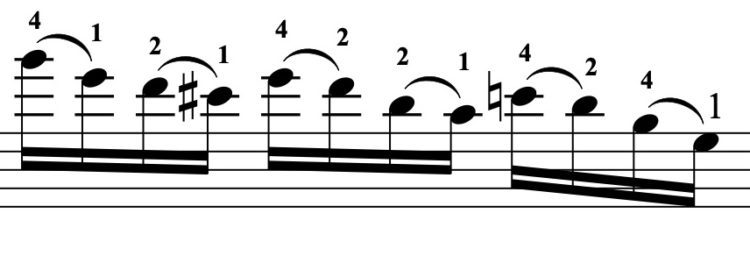
Dotted Rhythms
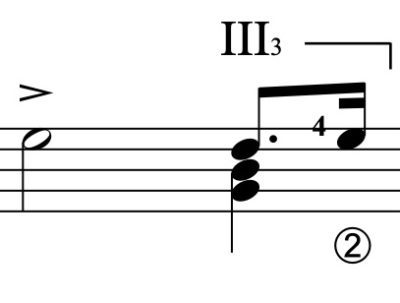
On beat 3 of measure 3 we have a dotted rhythm. These are powerful rhythms and they pop up many times throughout this piece. But if we lose the crispness of these rhythms then it really loses its rhythmic effect. To make sure the dotted rhythm is nice and secure, you can use sixteenth-note subdivision in the measure before (where we actually play sixteenth notes). This will make not only the dotted rhythm much more crisp but it will also make the sixteenths in measure 2 more precise.
The Repeat
The repeat of the first three measures gives us identical material, but I don’t think we should repeat it the same way. The repeat is a gift for you as a performer to show your interpretation. Take the harmonics: we could roll this chord. Now, often guitarists roll chords habitually, but I see this as an ornament. You could play with just the flesh of the thumb. Or you could play it very softly. Following that you might match that mood you set with the harmonics and take a very different path with the passage. You can mix in color changes, free or rest strokes, and so on. All of these allow you to add your interpretation to this gift of the repeated material.
Sextuplets and Thirty-second Notes

In measure 7 we have a group of sextuplets and thirty-second notes. Each of these fast-moving figures should fit into one beat and so one helpful approach is to vocalize the rhythms before playing them. What vocalization you choose — 1,2,3,4,5,6 or “tik-a-tik-a” and so on — is up to you. I do think this passage should accelerate towards the B-flat at at measure 8. But it’s important to learn the rhythms correctly before you add in rubato and accelerando. Make sure you have a strong rhythmic basis to build upon first.
Practicing the Virtuosic Passages
I would highly recommend practicing each one in chunks. You might also begin in the middle of the passage and practice little chunks as well. For instance, starting with the sixteenth notes in measure 2, we might start out in the middle, not the beginning. Starting with the shifts might be the first chunks to focus on, for example. We could also practice in rhythmic chunks. And then we could extend the chunks to longer bits that challenge you to play more and more notes in a sustained way.
And while slow practice is a very useful way to practice, I would recommend instead practicing these chunks at tempo. This is a very helpful way to build up the speed of the passage chunk by chunk.
Fingerings
In measure 3, with the dotted figure, we can consider how we play the E on the sixteenth note. The fingering we choose can affect the tone. For instance, if we use an open string, it’s important that we find a tone for the E that matches the tone of the chord on the dotted eighth.
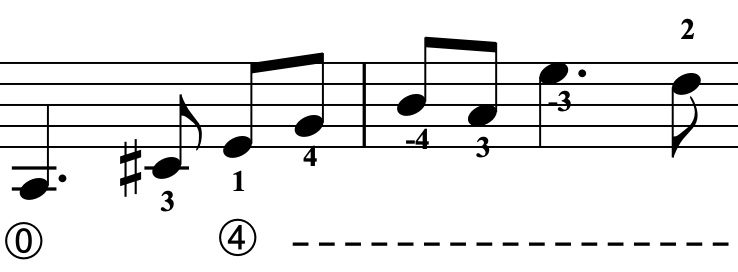
Then, in measure 5, with the cello-like figure, I like to keep everything on the fourth string (including the sextuplets that follow). This creates a thick sound that is also very consistent. On the thirty-second notes I add slurs, which really help it have a silky flow.
***
The Full Course
We only discussed the first 8 measures here, but hopefully you can see how important it is to break things down like this. And this is only the introduction to the full course on this beautiful piece of music. You can access the full course along with many other courses like this at Classical Guitar Corner Academy. Join the Academy today!
The Score
A PDF download of Simon’s edition of the score is also available with the course at CGC Academy, but you can follow along with a free public-domain edition here.


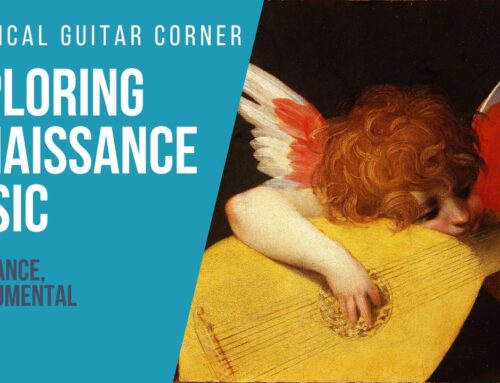
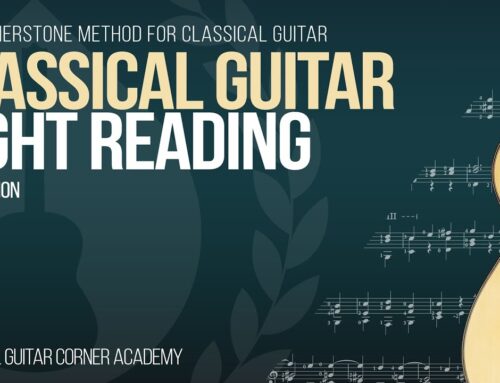
Thank you Simon for this introductory lesson to Capricho Arabe. The primary take away for me is how important it is to allow the score and it’s rhythmic structure to be a primary source informing one’s interpretation. In a sense, one must “pay their dues” to the score before jumping off into personal interpretive choices. Once that fundamental work is done, the interpretation is bound to be more thoughtful and convincing. Thanks again.
Rick
Rick
What a beautiful statement:
” In a sense, one must “pay their dues” to the score before jumping off into personal interpretive choices.”
I played this exactly as you described. A complete Frankenstein! Thanks so much for the.clarification.
Dear Simon, congratulations and thanks for this video.
Sergio
Hi Simon, where can I get music sheet for this piece. Thanks.
The lesson is great , especially explaining about the importance of the rhythm, thank you very much.
A huge help , thanks a ton Simon
Made me look at the piece with new eyes , thanks Simon
Simon, this is REALLY great stuff.
I’ve been fooling around with this piece on and off for many years, but never got to do anything serious and systematic with it.
Your introduction is the spark that I need to get back to work on this fantastic piece.
Even if I never manage to bring it to “performance” level, I can see that working on it is great technique practice.
I am looking forward to your complete analysis of Capricho Arabe.
Thank you for all these amazing lessons
Armando
Thanks, much, Simon. Very insightful. You’ve inspired me to add it to my “Tárrega and Contemporaries” concert program (after some serious work, incorporating your suggestions, of course ;^) T.
Hey there,
thank you Simon for an other amazing course. I can’t wait to be able to even start playing it as it is one of my favourite pieces (of course) along with Granada ! Hope this one will be coming too.
Question, would you recommend at any moment to play those fast passages with ami ami ami ? Instead of mi mi or im, I’m. Especially the sextuplets ?
Cheers !
Haha! I was practicing this for a recital ~10 years back. I never got to play it on stage because at the time, I felt I was too immature as a guitar player and was definitely doing all the wrong stuff you were describing here. Thank you so much for this great content, and putting up the intro free is still very very useful! Makes me want to get back to playing guitar again. I also look forward to the day I can pay for membership here. Cheers!
Is there any sheet music available?
Hi Dan,
Yes, the score is available for download with the full level 5 course on Capricho Arabe. The score is also available, however, in the public domain, which you can download for free from the Boije Collection in the Swedish Music Library. An internet search will be your friend. :)
Peace,
Dave B (CGC team)
Hello Simon, thank you so much for the intro lesson to this piece. I’m not a member of the classical guitar corner as yet, but hope to be in the very near future. As a member, is there instruction on how to play the entire piece just as you have instruction for the intro? Thank you again.
Hi Paul,
Yes! The full lesson in the membership is split up into four parts and covers the whole piece. Let me know if you have any questions at all.
Peace,
Dave B (CGC team)
Thanks Dave, much appreciated!!!
Simon is the best guitar padagogue in the world